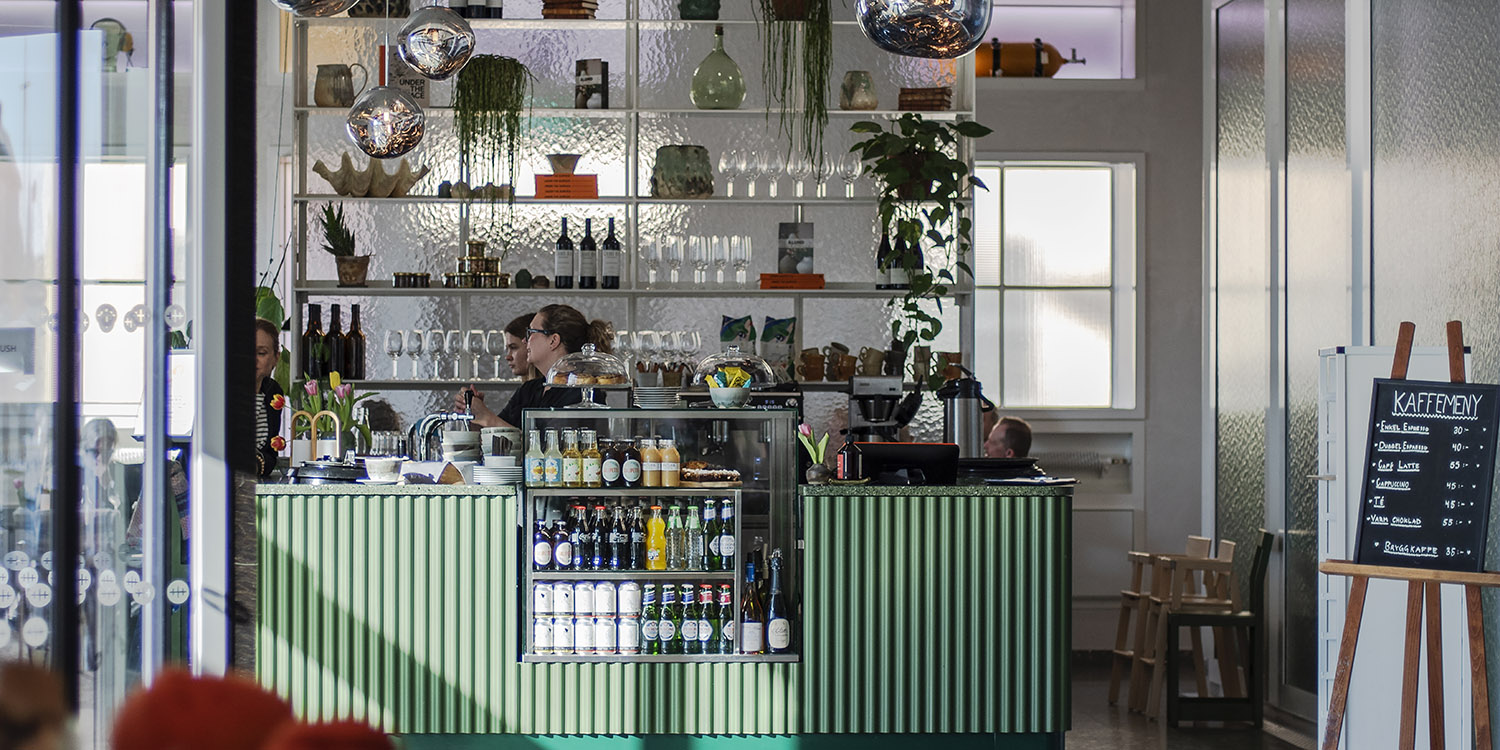
Photo: Lovisa Brämming/ Vrak/ SMTM, CC-BY.
With this ISO certification, the museum now works within the framework of an environmentally sustainable, well-functioning environmental management system.
“ISO is a seal of quality for the sustainability efforts we’ve already carried out and that we can now build on,” says Odd Johansen, museum director.
“In practice, this means that we have a solid foundation to rest on in order to streamline our environmental efforts. Our connection to the Baltic Sea is special, and the environment is part of the museum. So we both want to, and need to, take a position on sustainability and environmental issues in our daily tasks.”
The Museum of Wrecks wishes to be an inspiration, to tourists and visitors from Sweden and abroad, by describing how the museum operates – and how culture and nature are impacted above and below the water’s surface. The museum’s environmental efforts also play an important role in cultural heritage.
“For example, we don’t salvage the wrecks, which would be hugely resource-intensive. You could say that we salvage them digitally and tell their stories in our exhibitions,” Johansen says.
The environment and sustainability were already considered a matter of course and a top priority back when the museum was founded. Throughout the redevelopment of the building from a 1940s boathouse to a modern museum, sustainability has served as a guiding light. The museum has been supported by a sustainability consultant for its permanent technical solutions, for the building as well as the exhibitions. Transportation has been carbon-offset and waste has been recycled. All employees are involved in making sustainable choices.
In terms of energy, the building and the water are heated using 99% renewable district heating, and the museum has made preparations to install solar panels on the roof. Only building permits are needed for the roof to be assembled and up and running.
“During procurement, sustainability is one of our key decision criteria. Everything should be as sustainable as possible. For example, the café recycles leftovers which become food for pigs outside Strängnäs,” Johansen explains.
Sustainability is also on the menu at the museum gift shop, with its small-scale, highly curated range of products. Environmental, social and economic issues have been considered for each product, which has been carefully selected and reviewed from a sustainability perspective.
“We have chosen to be strict in all parts of the chain – from production and transport through to packaging. How and where is the product manufactured? How far does it need to be shipped? And if there is too much plastic and packaging around, the product is rejected,” Johansen says.
A few diving products contain plastic while others are made of recycled plastic.
“We don’t want the museum to add to the plastic waste in the atmosphere or the sea. It’s not always possible to go as far as we want to, but we try,” Johansen concludes.